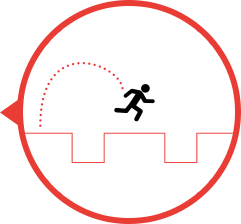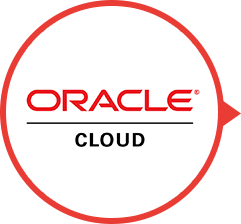1
What is Cloud Migration?
2
Should My Business Consider Migrating to the Cloud?

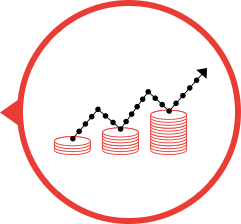
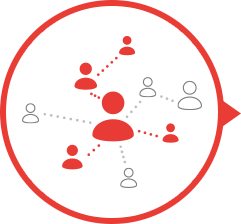
3
Impact of Cloud Migration Across Business Departments

4
What is the Cloud Application Migration Process?
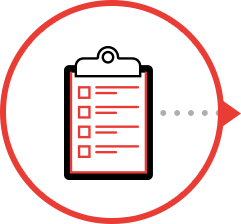

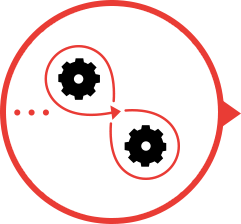
5
Making the Most Out of Your Transformation
